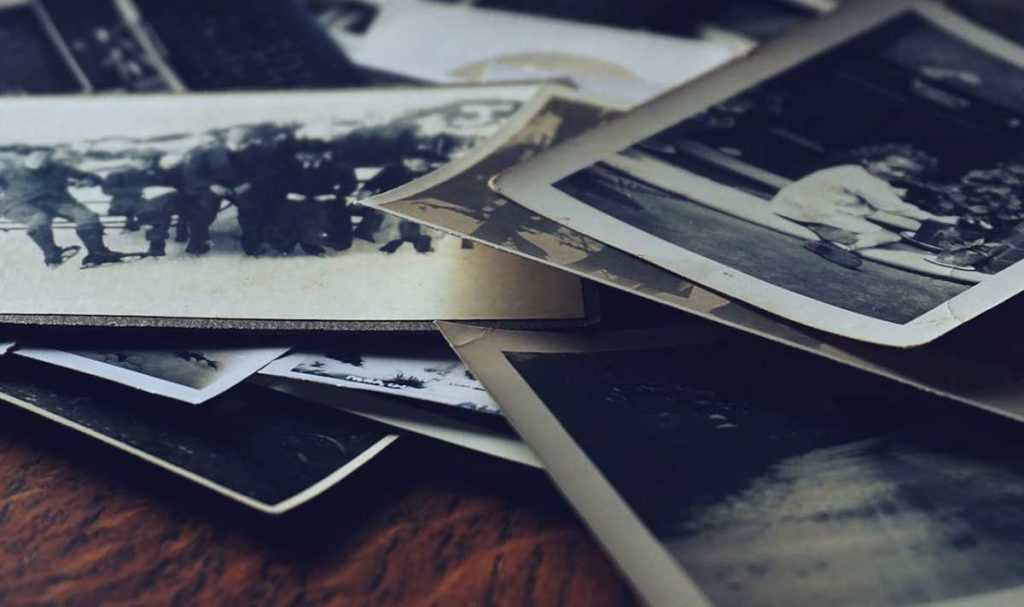Walk into any studio or marketing team today and you’ll hear the same question: “What can AI actually do for my creative work?” Between AI image generators and AI video generators (including image-to-video and text-to-video tools), the landscape is changing fast—but in practice, these tools are less about replacing designers and more about supercharging the creative process.
In this article, we’ll look at how AI helps at each stage of creative design: from the first spark of an idea, to visual exploration, to finished motion content that’s ready to share.

From Blank Canvas to Concept in Minutes
Every creative knows the pain of the empty canvas. You know there’s a great idea in your head, but getting that first version down is slow.
This is where AI image generator shines:
- Rapid moodboards: Instead of manually collecting references for hours, you can describe a style—“minimalist pastel branding for a wellness app,” “dark cyberpunk street poster,” “Y2K-inspired ecommerce banner”—and get dozens of visual directions in minutes.
- Style exploration on demand: Need the same concept in flat illustration, 3D render, watercolor, manga, and photorealism? AI can generate variations instantly, so you can quickly see what fits the brand best.
- Visualizing vague ideas for non-designers: Clients and stakeholders often struggle to express what they want. With AI, you can take their rough brief, prompt a few options, and use those as a starting point for discussion instead of going through multiple rounds of blind guesswork.
The key isn’t to ship these AI images as-is, but to use them as jumping-off points that you refine with your own design skills.
Exploring More Ideas With Less Risk
Traditional creative workflows are constrained by time and budget. If you only have capacity for three concepts, you’ll naturally play it safer.
AI changes that equation:
- High-volume concept exploration: You can test 20–30 visual directions at the concept phase instead of 3–4. That encourages bolder ideas, because “risky” directions no longer cost days of production time.
- A/B testing visuals quickly: For ad creatives or social posts, you can generate multiple versions of a hero image—different colors, compositions, or backgrounds—and measure what performs best before investing in full-scale production.
- Fast adaptation across formats: Need the same concept in square, vertical, and horizontal layouts? AI image tools can help reframe and re-compose visuals for different channels—stories, feeds, banners—while keeping the core idea intact.
For agencies, studios, and in-house teams, this means you can maintain quality and speed, instead of sacrificing one for the other.
Turning Static Design Into Motion With AI Video Generators
Static visuals are powerful—but motion is where stories come alive. AI video generator brings a new level of accessibility to motion design, especially for teams that don’t have a full animation department.
Here’s how they help:
- Image to Video AI: Start from a key visual (concept art, product mockup, character design) and turn it into a short video clip. For example:
- Animate a product spinning, unboxing, or floating in a stylized environment.
- Turn a single character illustration into a short animated shot with camera movement and subtle motion.
- Animate a product spinning, unboxing, or floating in a stylized environment.
- Text to Video AI: Describe a scene in words—“a slow pan across a futuristic city at sunset” or “a cozy coffee shop with steam rising from the cup”—and AI drafts an initial video. Designers can then refine the direction, adjust colors, and add overlays or typography.
- Storyboarding to animatic: You can quickly turn rough frames into moving previews. Even if the final production will be done in traditional tools, AI video generators help clients see the flow, pacing, and mood early in the process.
This is especially valuable in:
- Ad campaigns: Quick, on-brand short videos for social media and performance campaigns.
- Product launches: Animated hero sections for landing pages or app store previews.
- Content creators: Short loops, intros, and cutaway clips that would be too time-consuming to animate manually for every video.
AI as a Creative Partner, Not a Replacement
There’s understandable concern that AI might “replace designers.” In reality, teams that see the best results treat AI more like a collaborator:
- Designers bring strategy; AI brings speed. You still decide the concept, composition, and brand language. AI just helps you generate more visual options, faster.
- Human taste is still the differentiator. Two people can type the same prompt and pick completely different “good” results. Your eye for what’s on-brand, emotionally resonant, and usable is what turns raw AI output into real design.
- Editing and polishing are essential. Most AI-generated images and videos benefit from human refinement: retouching, layout adjustments, typography, motion tweaks, and sound design. This is where your craft really shows.
If you think of AI as “automated draft generation” and yourself as the art director, the relationship suddenly makes a lot more sense.
Practical Ways Creative Teams Are Using AI Today
Across different industries, designers are already embedding AI tools into their daily workflow:
- Branding & identity
- Explore dozens of visual territories for a new brand world: textures, icons, illustration styles, hero imagery.
- Generate fast mockups of logos or wordmarks in context—on signage, packaging, or UI.
- Explore dozens of visual territories for a new brand world: textures, icons, illustration styles, hero imagery.
- Product & packaging design
- Visualize new packaging concepts in 3D-style renders without a full 3D pipeline.
- Create quick “on-shelf” visuals for early research and stakeholder presentations.
- Visualize new packaging concepts in 3D-style renders without a full 3D pipeline.
- UI/UX & digital products
- Generate atmospheric hero images and background visuals for dashboards, marketing sites, and onboarding flows.
- Create illustrative assets to support feature explanations or microcopy.
- Generate atmospheric hero images and background visuals for dashboards, marketing sites, and onboarding flows.
- Advertising & social media
- Produce multiple visual directions for a single campaign concept, then refine the winning direction manually.
- Use AI video generators to create short, eye-catching motion pieces for Reels, Shorts, and Stories.
- Produce multiple visual directions for a single campaign concept, then refine the winning direction manually.
- Entertainment, gaming & concept art
- Rapidly explore worldbuilding ideas, character looks, and environmental moods.
- Turn concept stills into short atmospheric clips to pitch story beats or game scenes.
- Rapidly explore worldbuilding ideas, character looks, and environmental moods.
Best Practices for Using AI in Creative Design
To get the most out of AI image and video generators, it helps to follow a few principles:
- Start with a strong brief, not just a prompt.
Treat AI like a junior designer: the better the brief (audience, mood, format, constraints), the better the result. Then translate that brief into clear prompts. - Iterate in rounds.
Don’t expect perfection in one shot. Generate, review, refine the prompt, and repeat. Save versions so you can compare and mix the best elements. - Keep everything on-brand.
Maintain a library of reference images, color palettes, and typography examples. When possible, use reference-guided generation so AI stays visually consistent with your brand. - Respect ethics and originality.
Avoid prompts that imitate specific living artists or infringe on trademarks and copyrighted characters. Use AI as a tool to extend your creativity, not to copy someone else’s work. - Blend AI with traditional tools.
Treat AI output as one stage in your workflow. Import results into your usual design and editing software to polish, combine assets, and finalize layouts.
The Future: Creative Direction as a Superpower
As AI image and video generators keep improving, the value of pure execution will gradually decrease—but the value of creative direction will only grow.
Designers who thrive in this new environment will be the ones who can:
- Ask better questions
- Write clearer briefs and prompts
- Recognize strong ideas quickly
- Shape raw material into coherent visual stories
AI won’t replace the need for originality, taste, and storytelling. Instead, it gives creative professionals a new kind of superpower: the ability to move from idea to visual—and from static to motion—at a speed that was impossible just a few years ago.
Used thoughtfully, AI image generators and AI video generators don’t limit creativity. They expand it.











